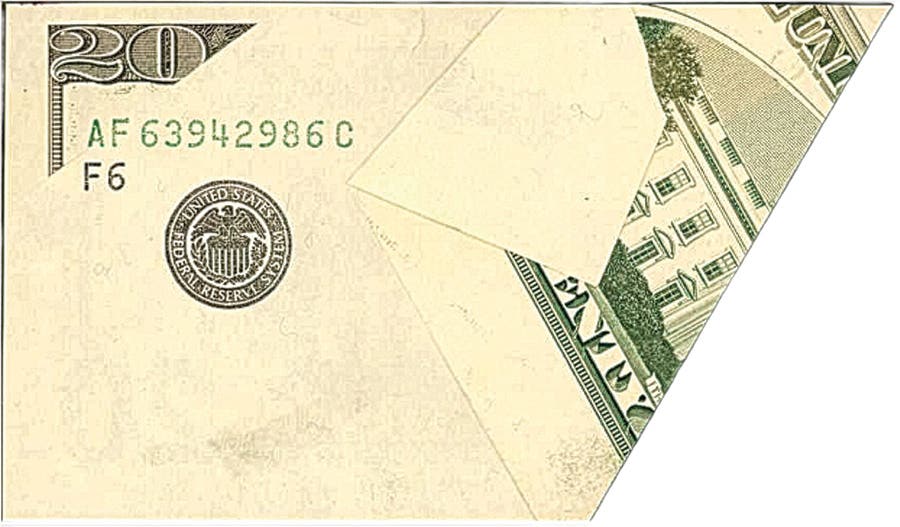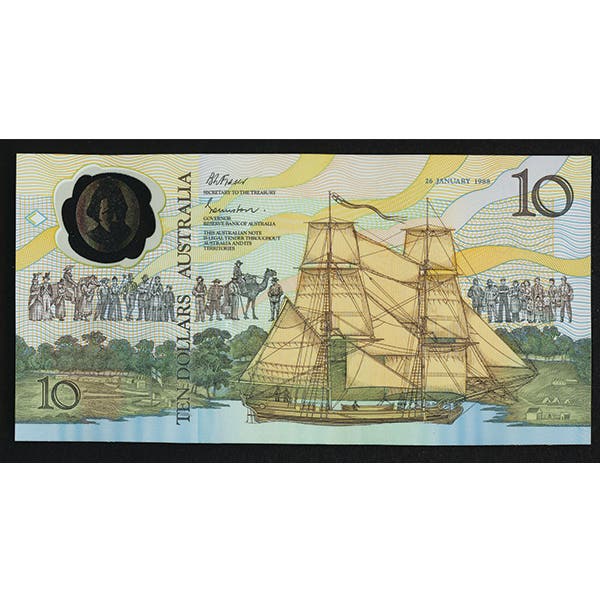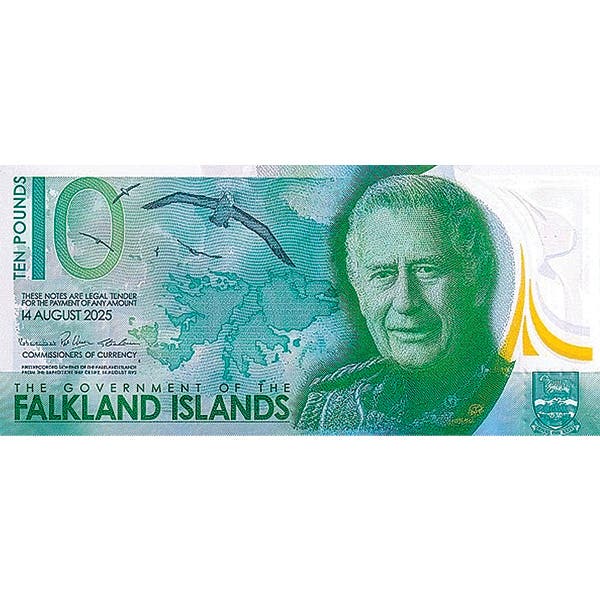Coming demise of traveler’s checks
By Neil Shafer In the pursuit of certain types of numismatic items, some social trends are fairly obvious; others not so much. The steady decline in the use of traveler’s…
By Neil Shafer
In the pursuit of certain types of numismatic items, some social trends are fairly obvious; others not so much. The steady decline in the use of traveler’s checks has been going since the 1990s. Around that time, a variety of more convenient alternatives, such as credit cards, debit cards and other means of payment became more widely available and were easier for travelers to use.
Traveler’s checks are no longer widely accepted and cannot easily be cashed, even at the banks that issue them. Other factors that have led to a decline in their use include the fees charged by the issuer and agent, as well as the less favorable foreign exchange rate commonly used, especially compared with those on some types of credit cards.
The widespread acceptance of credit cards and debit cards around the world, starting in the 1980s and 1990s, significantly replaced the use of traveler’s checks for paying for things while on vacation. In 2005, American Express introduced the American Express Travelers Cheque Card, a stored-value card that serves the same purposes as a traveler’s check, but one that can be used in stores like a credit card. For some reason this card was discontinued in October 2007.
A number of other financial companies went on to issue stored-value or pre-paid debit cards containing several currencies that could be used like credit or debit cards at shops and at ATMs, mimicking the traveler’s check in electronic form. One of the major examples is the Visa TravelMoney card (which I never knew of until I read about it on the Internet).
Traveler’s checks were a natural result of the gradual easing of the difficulties of overseas traveling and the increase in world business ventures that were forming in the late 19th and earlier 20th centuries. Before the advent of these special checks it was quite a cumbersome process for a traveler. You had to have a Letter of Indication and a Circular Note for some amount, perhaps other documents as well to prove who you were and that you were the individual authorized to pay using the amount shown.
In the United States credit is generally given to American Express for the development of the traveler’s check in 1891. An employee named Marcellus F. Berry devised this form at the request of his boss, James C. Fargo, that he produce a payment method that would be widely accepted, yet protected against loss, theft, forgery or damage. As it happened, Berry had a flair for invention that had resulted in a number of patents and copyrights to his credit. These ideas were mainly useful in the banking industry, and Berry was affectionately named “The Edison of Finance.” Thus it was no surprise that President Fargo approached him with the task. On July 7, 1891, Berry’s check design with the two-signature requirement received U.S. copyrights 24775 through 24778.
It occurs at times that England claims to have developed such a check years before American Express. The basis for this claim is a pair of Circular Notes for five and 10 pounds originated by a famous-name Englishman, Thomas Cook, in 1874. An image of the 10-pound note is provided; it mentions the Letter of Indication bearing a signature of the individual Cook says can receive payment.
To me this is not a true traveler’s check but simply the manifestation of the old method of payment. I do not know when the Circular Note idea was initiated; it was certainly no earlier than the mid-19th century. But like the traveler’s check of today being used less and less, their heyday passed rather quickly as they were victims of the advancement demonstrated by Berry’s two-signature formula.
In 1991 American Express made much of the centennial of the advent of their traveler’s check system. For one thing, all checks and ancillary documents and papers carried a special 100-year logo, for use only in 1991. AmEx also produced a replica of Berry’s 1891 check combined with a back design explaining about the check. Not only were paper replicas made, they also produced this same piece in sterling silver held in a presentation box- quite an outstanding item.
What about the collector’s view with respect to the area of traveler’s checks? In 1964 when I first became interested in the possibility of collecting such instruments, they were available on occasion in Specimen form from the various issuing banks that used such pieces to advertise their use while traveling. Used examples were difficult to find but when they appeared they were considered to be of lower value than the Specimens. A few dollars apiece was all the market allowed on any of them, Specimen or used. I thought that more collectors should be aware of their possibilities, so a couple of times we ran feature articles about them in the Whitman Numismatic Journal.
Today the availability of traveler’s checks as a group is greatly diminished as they fade out of daily use into obscurity and final demise, yet when they do show up on the market there seems to be a stronger desire to purchase as collector’s items, be they Specimen or used. In fact, now issued pieces sometimes go for more just because they were actually used, somewhat akin to the feeling many collectors espouse about the higher desirability of issued vs. Specimen bank notes.
Among the most highly desired early traveler’s checks are those that feature a listing of fixed exchange rates for various countries across the face of the check. Such listings were possible before the advent of World War I because the rates were quite stable for a long period of time. After 1918, world exchange rates were in such a chaotic state that it was no longer feasible to show them on the checks, so they were replaced with a catch-all statement about the value to bankers in New York, a situation that remains to this day.
This article was originally printed in Bank Note Reporter. >> Subscribe today.
More Collecting Resources
• Order the Standard Catalog of World Paper Money, General Issues to learn about circulating paper money from 14th century China to the mid 20th century.
• The Standard Catalog of United States Paper Money is the only annual guide that provides complete coverage of U.S. currency with today’s market prices.









